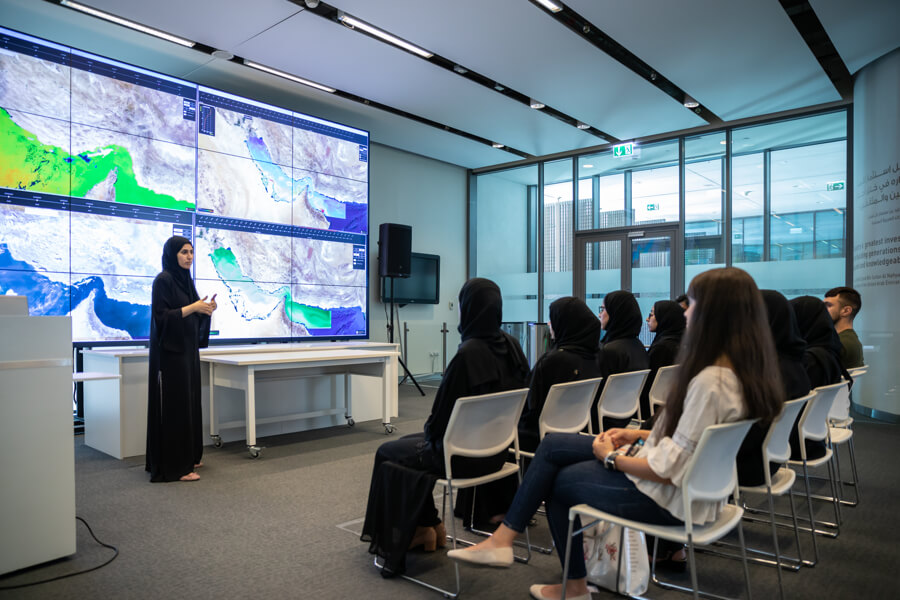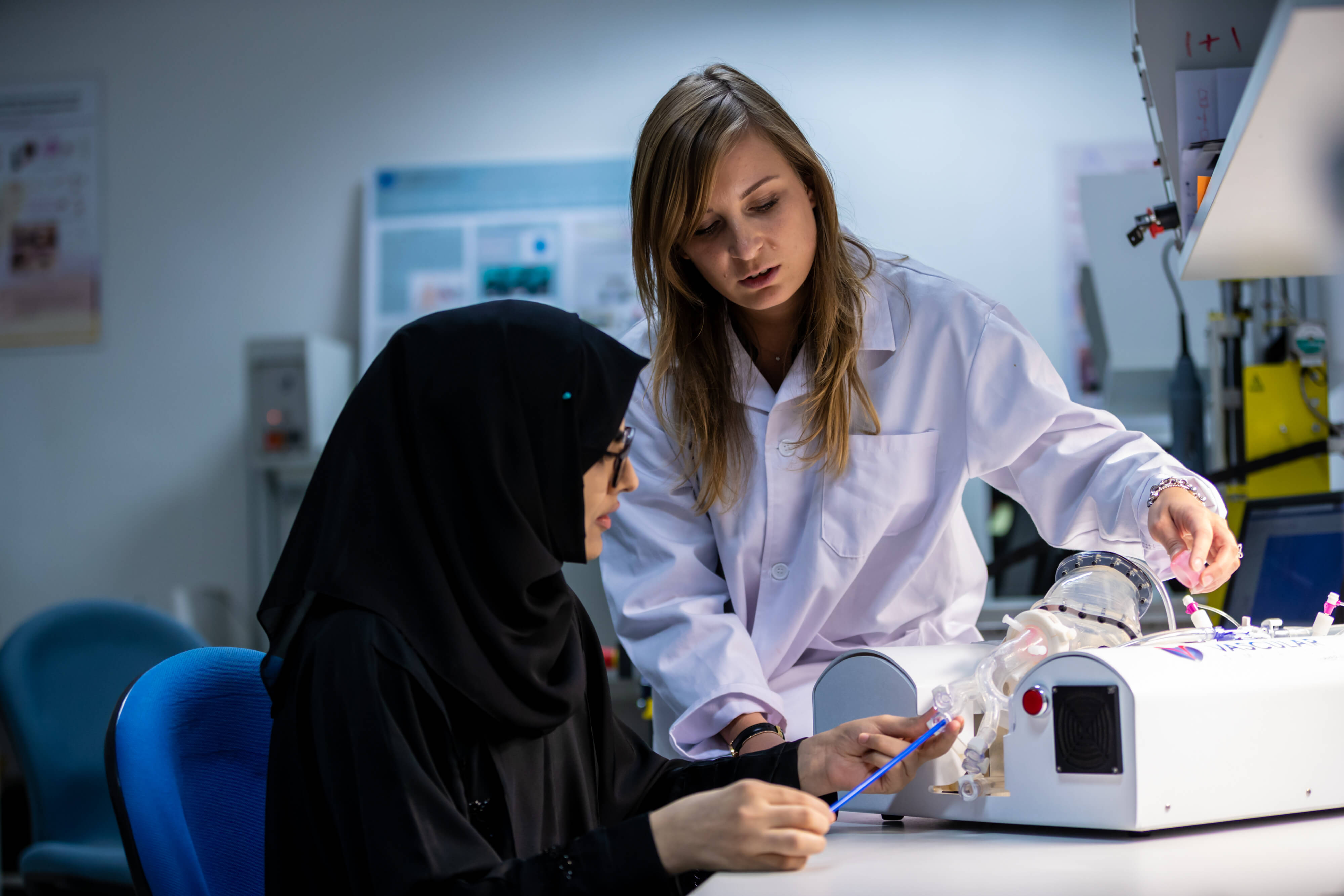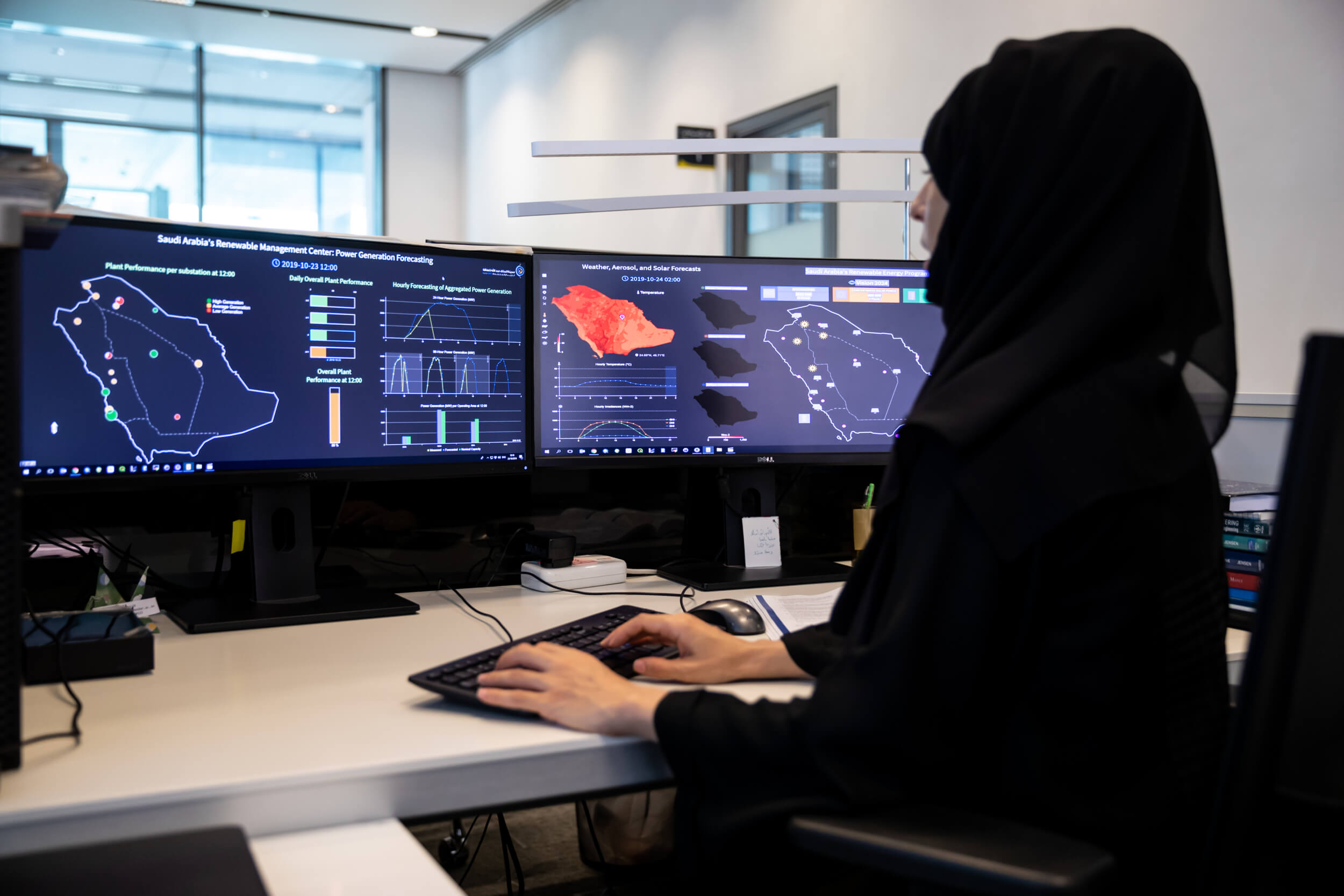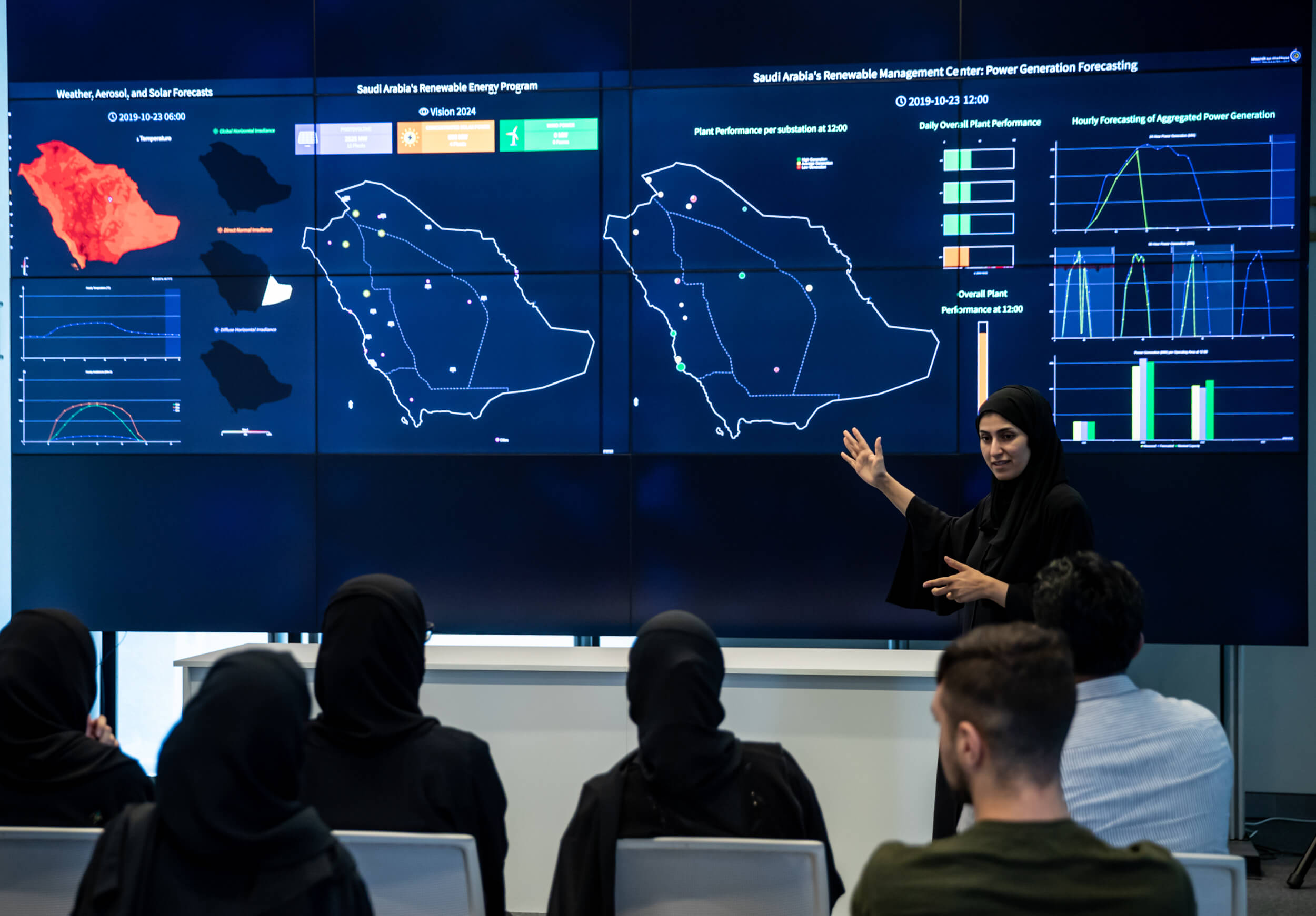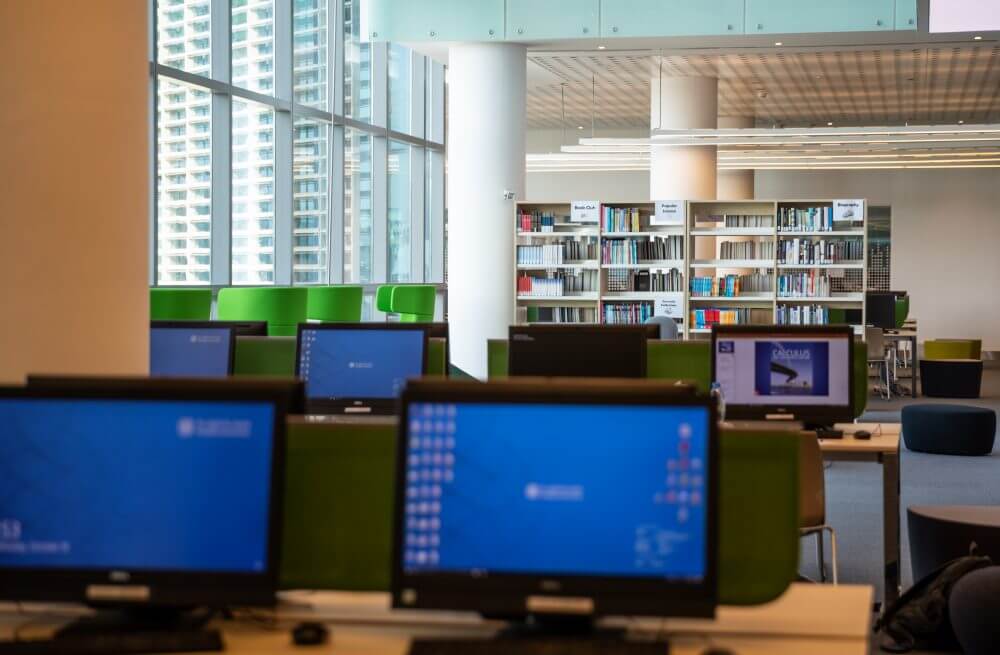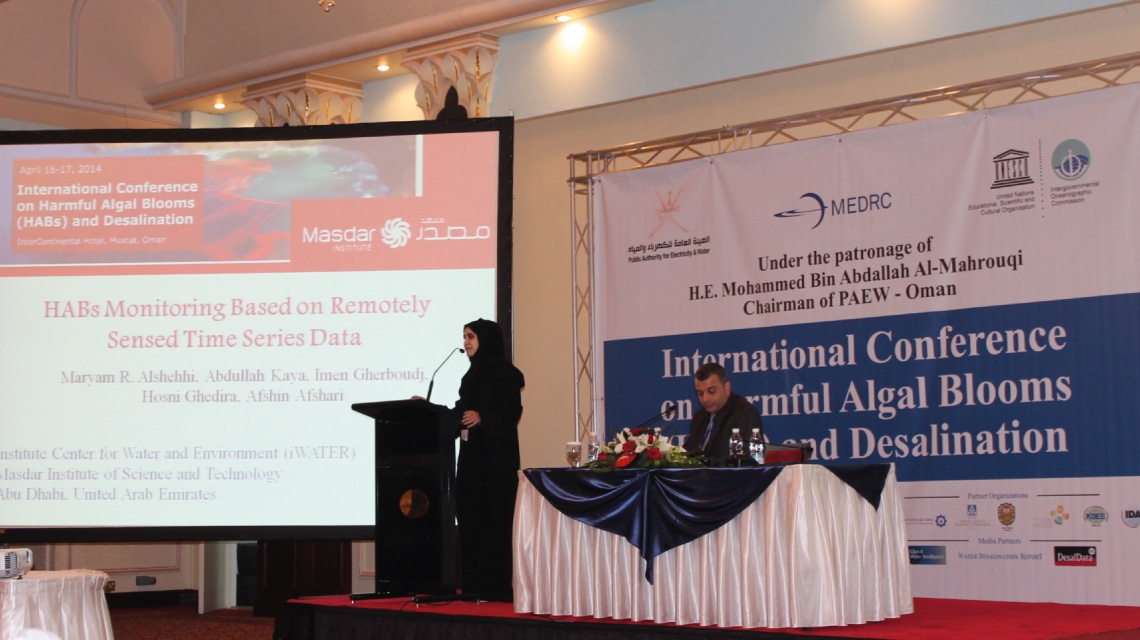
Abu Dhabi-UAE: 19 May, 2013 – Masdar Institute of Science and Technology, an independent, research-driven graduate-level university focused on advanced energy and sustainable technologies, today announced the participation of its Ocean Color Group in an international conference in Oman, where they generated significant interest for collaboration in seawater quality monitoring, including detection and tracking of coastal water threats.
The Masdar Institute Ocean Color Group participated in the International Conference on Harmful Algal Blooms (HABs) and Desalination 2014 that was held recently in Muscat, Oman. Hosted by the Middle East Desalination Research Center (MEDRC), the conference attracted more than 150 world-known scientists and stakeholders from seawater monitoring and desalination sectors.
The participation was led by Dr. Marouane Temimi, Associate Professor, Water and Environmental Engineering program, and included post-doctoral scientist Dr. Jun Zhao, PhD students Muna Al Kaabi and Maryam Al Shehhi, Research Engineer Nahla Mezhoud, and Master’s student Sheikha Al Kitbi.
The Ocean Color Group focuses on studying coastal processes in terms of hydrodynamic circulations and seawater quality monitoring, which includes detection and tracking of Harmful Algal Blooms (HABs) and oil spills using satellite imagery. The Group’s research activities triggered the interest of several regional and international collaborators.
Dr. Temimi said: “The presentations given by our students and post-doc have generated interest among regional managers and decision-makers, who expressed their willingness to build a partnership with Masdar Institute. We believe that our remote sensing capabilities, the numerical models that we developed, the regular field experiments that we conduct in the Arabian Gulf, and the exceptional lab facilities we have at Masdar Institute position us as a key regional player in marine ecosystem monitoring and assessment because of the support of the UAE’s leadership.”
Dr. Temimi chaired a technical session on ‘Technologies for HAB Detection and Forecasting’ that included presentations about techniques to detect harmful blooms using satellite imagery and in situ observations, and monitoring and forecasting algal toxins in seawater and drinking water. The presentations emphasized the role of remote sensing and the importance of early detection and monitoring of HABs in the region. Panelists also focused on novel pretreatment technologies and the best management practices for desalination plant operators to address algal bloom outbreaks.
Three posters on research at Masdar Institute were also presented at the conference in Muscat. Muna Al Kaabi’s poster focused on mapping water turbidity in the Arabian Gulf using satellite imagery. Nahla Mezhoud, a Research Engineer with the Ocean Color Group, presented, in collaboration with Sheikha Al Kitbi, a poster on the field experiments conducted in the Arabian Gulf by the Ocean Color Group team members. The third poster from Masdar Institute by Dr. Jun Zhao focused on the mapping of HABs and oil spills in the Arabian Gulf region as main threats to operational water desalinations.
In the oral presentations, Maryam Al Shehhi, highlighted the analysis of the frequency of harmful algal bloom outbreaks in the Arabian Gulf region through satellite observations. Dr. Jun Zhao’s presentation focused on the characterization and the monitoring from space of a specific outbreak that occurred in the fall of 2013.
The Ocean Color Group’s marine environment monitoring strategy is based on numerical models to determine sea currents and weather conditions in the Arabian Gulf and satellite remote sensing for an early detection, tracking, and potential landfall forecast of HABs and oil spills. With vessels provided by the UAE Navy and Bayanat, students and researchers of Masdar Institute conduct field ship-based surveillance cruises to collect sea water samples and analyze them in Masdar Institute’s labs for a thorough characterization of the Arabian Gulf waters.


